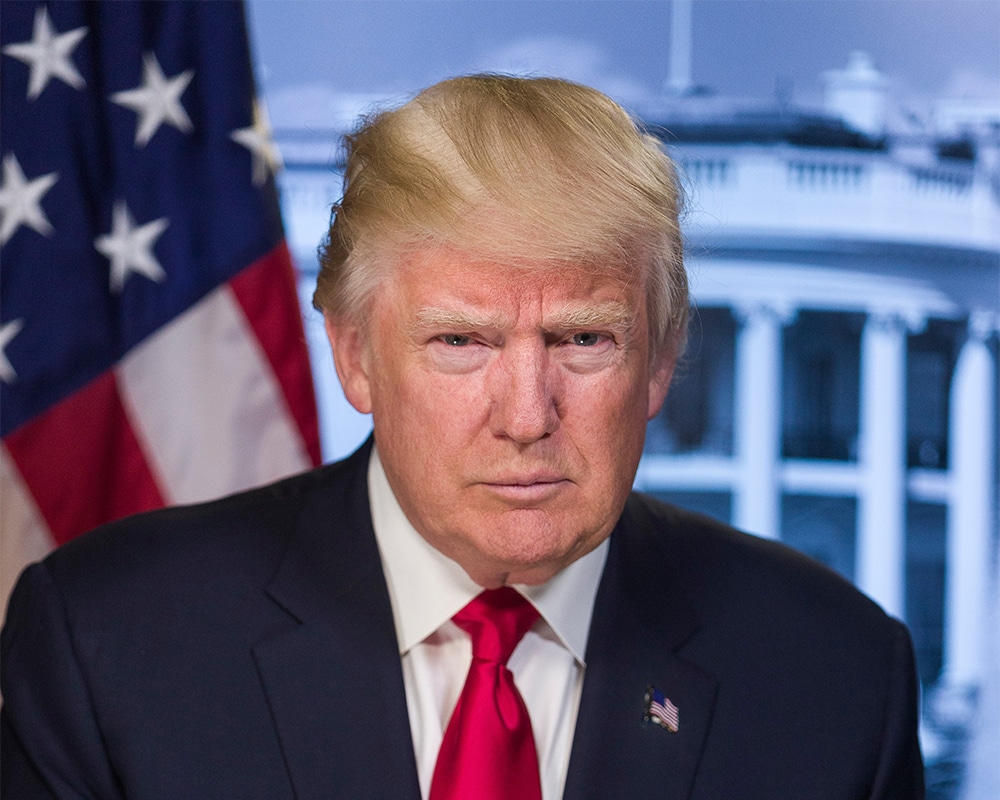The Payroll Tax Cut Defers Payroll Taxes for Some Employees and Employers Through the End of 2020
A new stimulus bill is still under negotiations in Congress. In the meantime, President Trump issued an executive memorandum to attempt to provide relief to some Americans. As of September 1, 2020, employers can opt into a payroll tax deferment plan for employees earning less than $104,000 a year.
There are many questions regarding the tax credit and how it works. Read on to learn about the executive memorandum and how it affects you and your business.
What Is the Payroll Tax Cut?
The Payroll Tax Cut is a memorandum signed by President Trump that will defer payroll taxed from employees and employers between September 1, 2020, and December 31, 2020. The postponement is voluntary. Employers may choose whether to take advantage of this deferment or leave things as they are.
The tax cut helps any employee earning a paycheck of no more than $4,000 a week. This salary equates to approximately $104,000 annually. Payroll taxes for social security cost each employer 12.4% of an employee’s paycheck, split between the employer and employee. Therefore, an employee stands to save 6.2 % or a maximum of $248 each per pay period.
As a deferment, the payroll taxes may require repayment in January 2021, especially if a payroll tax cut is not made permanent before the deferment period ends.
What Are the Pros of the Payroll Tax Cut Deferral Program?
Many employees struggle to navigate the new work-life balance now that most schools are closed for in-school instruction 3 out of 5 days per week. For these employees, it may provide that additional payroll income needed to help cover additional COVID expenses, such as childcare, while schools are fully or partially closed.
What Are the Cons of the Payroll Tax Cut Deferral Program?
The most glaring negative to the Payroll Tax Cut is its status as a deferral program instead of a full cut. As a result of this status, payroll taxes may need to be repaid once the program ends. Therefore, it is difficult to feel confident using the savings since it may require immediate or delayed repayment.
Overall, the memorandum offers little direction in its present form. Employers do not know how the deferral will end, how the taxes will be repaid, and if any additional fees or penalties will be assessed once the repayment period passes.
Should Employers opt into the Payroll Tax Cut Deferral Program?
Choosing to participate in the program is a personal decision every employer must make. For some employers, this deferral may be the assistance their employees need, allowing employers to continue business as usual.
However, some employers may find the concept unnecessary and even daunting without knowing the final payback system coming in January 2021. They may not feel comfortable offering their employees a chance at extra money in their paycheck only to see them be forced to come up with the funds to pay it back in a few months.
Before you decide whether to opt into the program, contact your accountant to determine the potential tax implications and other financial issues it may present for you and your employees.
Once you decide whether to opt into the program, contact Workplace HCM at (856) 334-9711 to help adjust your payroll accordingly and ensure you and your employees receive the proper benefits allotted.




